Types of calcium for best bloom formation
strawchicago z5
10 years ago
Featured Answer
Comments (22)
jean001a
10 years agolast modified: 9 years agostrawchicago z5
10 years agolast modified: 9 years agoRelated Professionals
Middle River Landscape Architects & Landscape Designers · Wakefield Landscape Contractors · Little Ferry Landscape Contractors · Los Banos Landscape Contractors · Northport Landscape Contractors · Overland Park Landscape Contractors · Pahrump Landscape Contractors · Red Oak Landscape Contractors · Secaucus Landscape Contractors · Seminole Landscape Contractors · Tustin Landscape Contractors · West Chester Landscape Contractors · Sun Valley Landscape Contractors · Crowley Landscape Contractors · Vadnais Heights Landscape Contractorsstrawchicago z5
10 years agolast modified: 9 years agostrawchicago z5
10 years agolast modified: 9 years agostrawchicago z5
10 years agolast modified: 9 years agostrawchicago z5
7 years agolast modified: 7 years agoKhalid Waleed (zone 9b Isb)
7 years agostrawchicago z5
7 years agolast modified: 7 years agostrawchicago z5
7 years agolast modified: 7 years agostrawchicago z5
7 years agolast modified: 7 years agostrawchicago z5
7 years agolast modified: 7 years agostrawchicago z5
7 years agolast modified: 7 years agoVaporvac Z6-OhioRiverValley
7 years agostrawchicago z5
7 years agolast modified: 7 years agostrawchicago z5
4 years agostrawchicago z5
3 years agostrawchicago z5
2 years agoann beck 8a ruralish WA
2 years ago
Related Stories

BATHROOM DESIGNConvert Your Tub Space Into a Shower — the Tiling and Grouting Phase
Step 3 in swapping your tub for a sleek new shower: Pick the right tile and test it out, then choose your grout color and type
Full Story
GARDENING GUIDESPackera Aurea Puts On a Springtime Show in Sun or Shade
This vigorous native ground cover welcomes bees with its early-blooming flowers and makes an attractive lawn alternative
Full Story
HOUSEPLANTSGo Tropical the Easy Way With Bromeliads
Months of blooms and a tolerance for low light make tropical bromeliads ideal as gifts, indoor centerpieces and outdoor eye catchers
Full Story
GARDENING GUIDESGreat Design Plant: Vernonia Noveboracensis
Stately New York ironweed attracts pollinators with its blooms at the end of summer and birds with its seeds in fall
Full Story
HOUSEPLANTSHow to Grow Orchids Indoors
Orchids are the exotic aristocrats of the flower world and can make themselves comfortable in almost any home
Full Story
PLANTING IDEASWant a More Colorful, Natural Garden? Try a Perennial Meadow
Spend less time tending and more time taking in the sights by improving on Victorian and prairie garden designs
Full Story
GARDENING GUIDESLearn the Secret to Bigger and Better Roses
Grow beautiful roses using both ordinary and unusual soil amendments
Full Story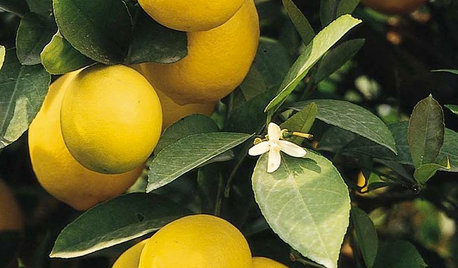
CALIFORNIA GARDENINGCalifornia Gardener's February Checklist
Celebrate 5 California classics: plants that defy winter with bright flowers, luscious fragrance and, for some, delicious taste
Full Story
GARDENING GUIDES6 New Plant Varieties That Beat Out Their Parents
With better resistance and fewer demands, these garden beauties are worth a spot on your wish list
Full Story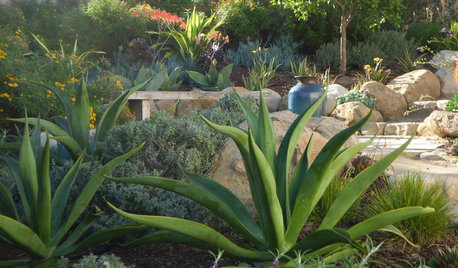
GARDENING GUIDESDecorate the Landscape With Versatile Agave
Beautiful, succulent leaves reach toward the sky, adding texture and beauty to the drought-tolerant landscape
Full StorySponsored
More Discussions






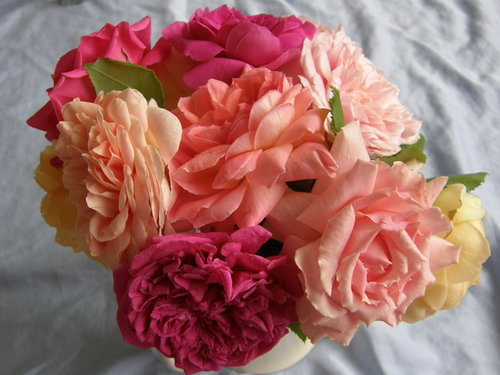

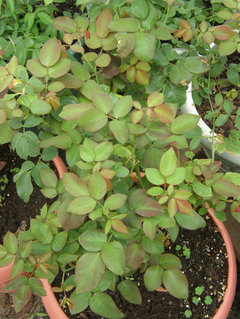
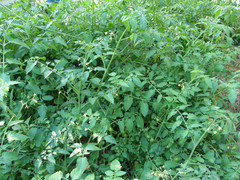
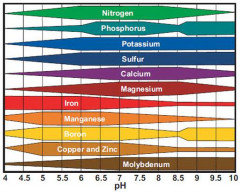






strawchicago z5Original Author